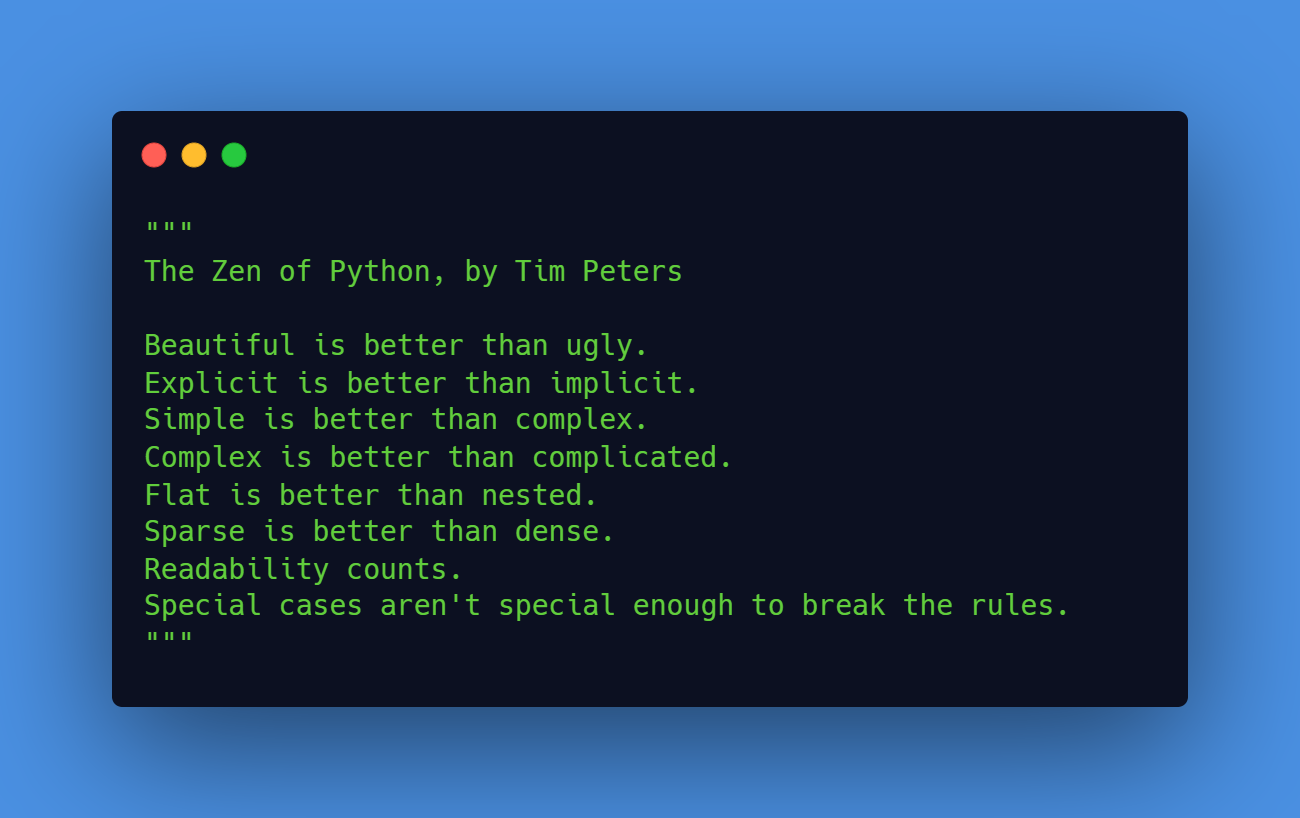In Python, map() is a built-in function that applies a function to each element of an iterable (such as a list, tuple, or string) and returns a map object with the results. For example:
def double(x):
return x * 2
numbers = [1, 2, 3, 4]
doubled_numbers = map(double, numbers)
print(list(doubled_numbers)) # [2, 4, 6, 8]
Code language: PHP (php)A for loop is used to iterate over a sequence (such as a list, tuple, or string) and perform a block of code for each element in the sequence. For example:
numbers = [1, 2, 3, 4]
doubled_numbers = []
for number in numbers:
doubled_numbers.append(number * 2)
print(doubled_numbers) # [2, 4, 6, 8]
Code language: PHP (php)Both map() and for loops can be used to perform the same task, but map() is generally considered more concise and efficient. However, map() is limited to applying a function to each element of an iterable, whereas a for loop can perform more complex tasks.
One important difference between map() and for loops is that map() returns a map object that is an iterator, while a for loop returns nothing.
This means that you need to use the list() function to convert the map object to a list, or iterate over the map object using a for loop if you want to use the results of the map() function.

Leave a Reply